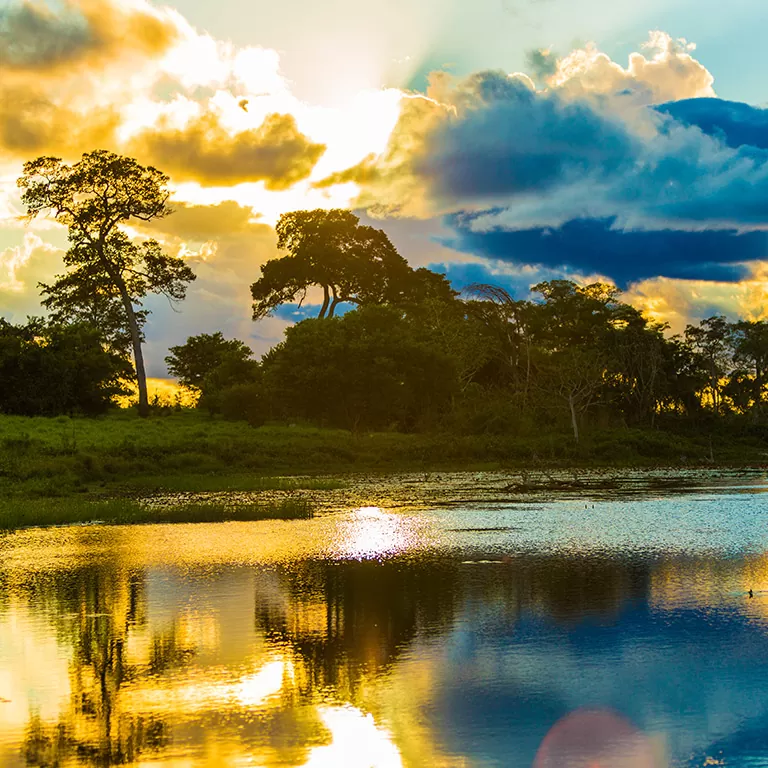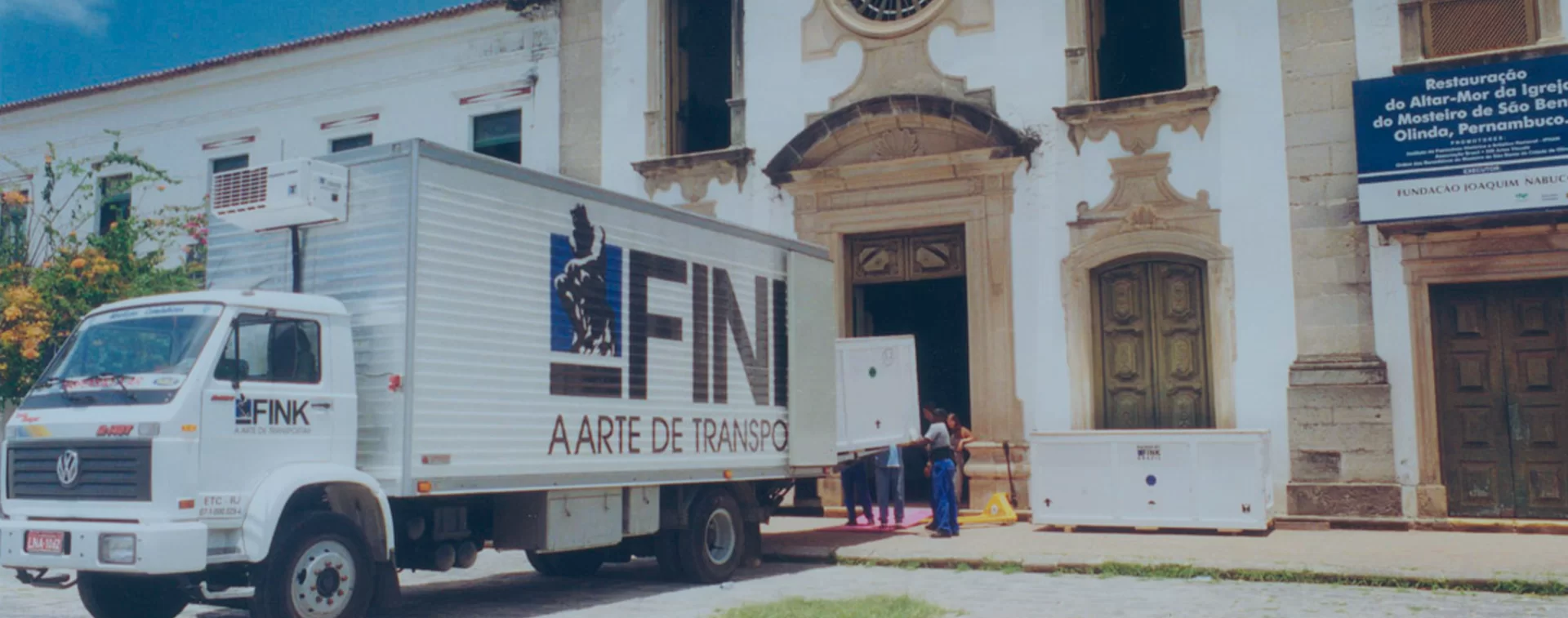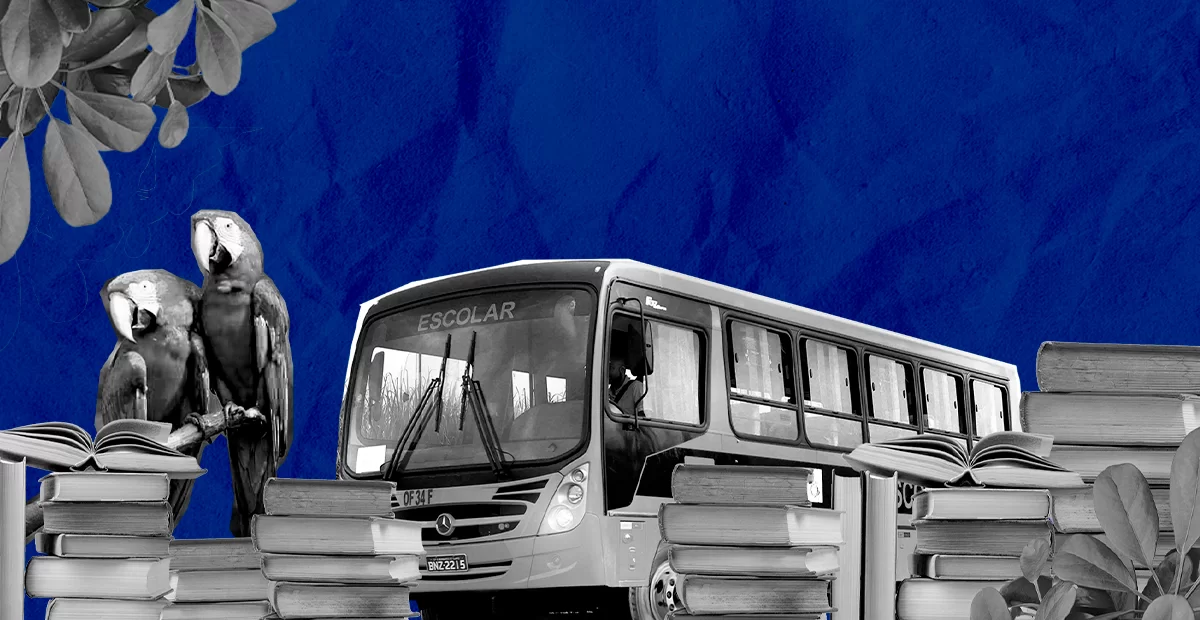
One of the most incredible ecological sanctuaries in Brazil and in the world, the Pantanal covers an area of 250 thousand square kilometers that spreads through Brazil, Paraguay and Bolivia. Rich and exuberant flora and fauna are the attractions that magnetize millions of tourists every year. And that is why it is considered by UNESCO as a Natural World Heritage Site and Biosphere Reserve.
The largest and most famous part of this area is in Brazilian territory, covering 140 thousand square kilometers, divided between the states of Mato Grosso (North Pantanal) and Mato Grosso do Sul (South Pantanal). The main entry to the southern part is in the city of Campo Grande, while the northern part is entered through Cuiabá.
Its main characteristic is that it is totally dependent on the waters, and is ruled by the phenomenon of flooding and drought that moves life in that region. Every year, the cycle of flooding in the Pantanal is repeated. The rains normally start in November, growing heavier between December and February. The waters reach their highest levels between May and July, turning the wetlands into a fresh water sea.
Perfect for a photographic safari, the area is a real natural paradise. It is enriched by a highly varied biodiversity – around 230 species of fish, 650 types of birds, 80 species of mammals and 50 of reptiles have been catalogued. This fauna inhabits landscapes that mirror the Amazon Forest, the Caatinga, the Cerrado, and the Atlantic Forest.
Besides the photographic safari, among the main tours in the Pantanal we highlight : ecological walks, focus on nocturnal animals, piranha fishing, sports fishing, boat trips, canoe trips, horse riding, and the experience of living on a wetlands farm.













